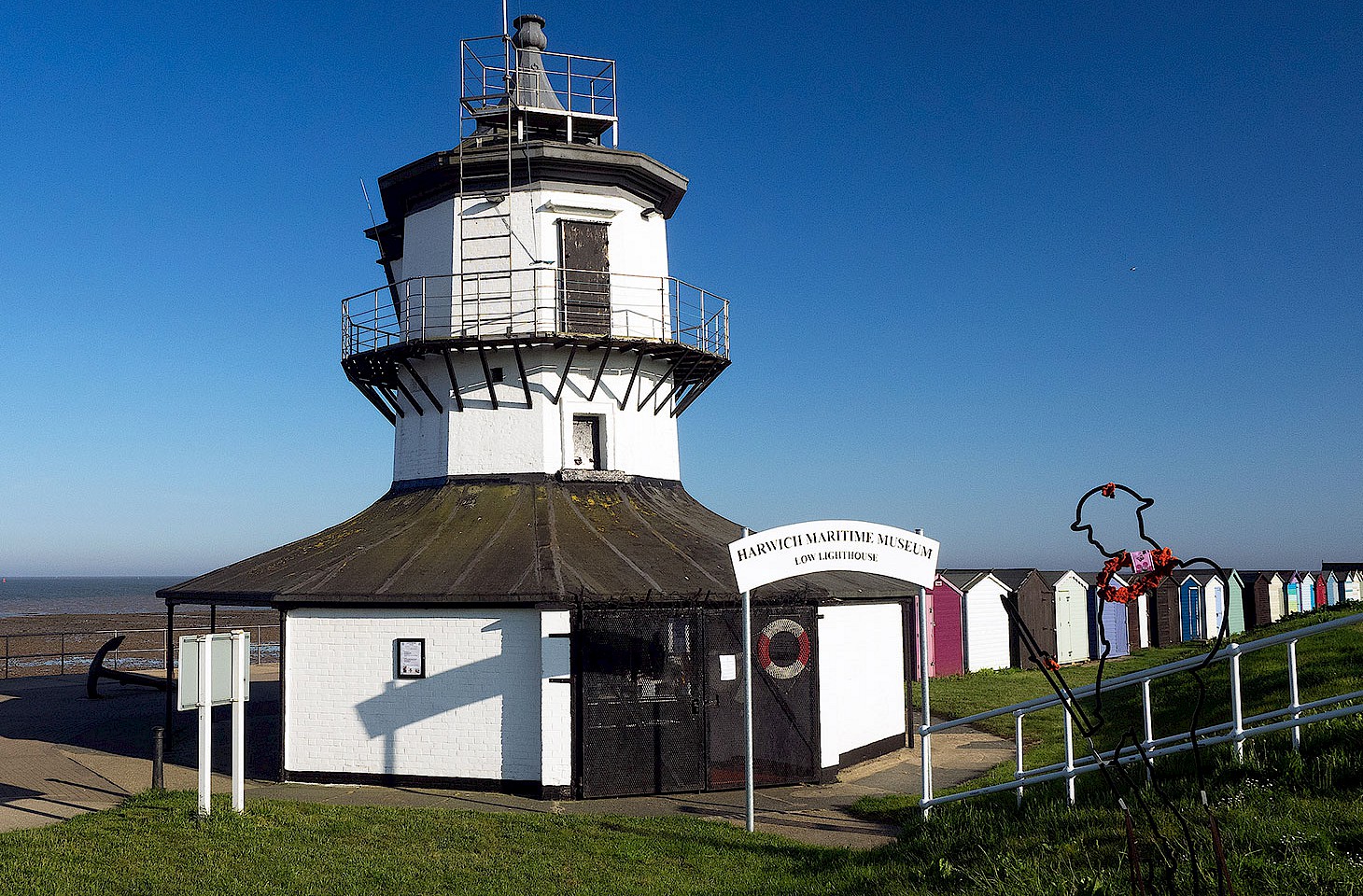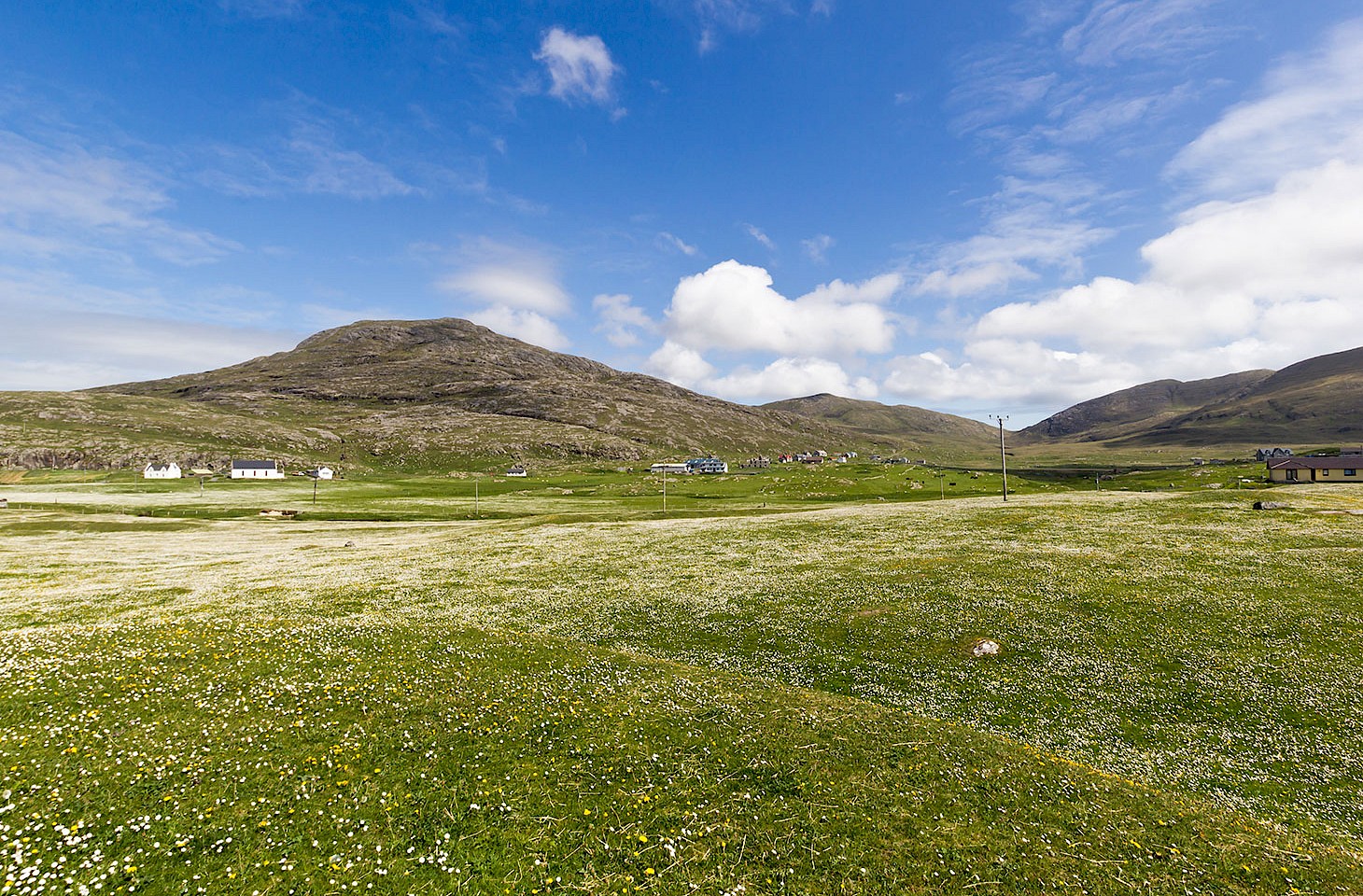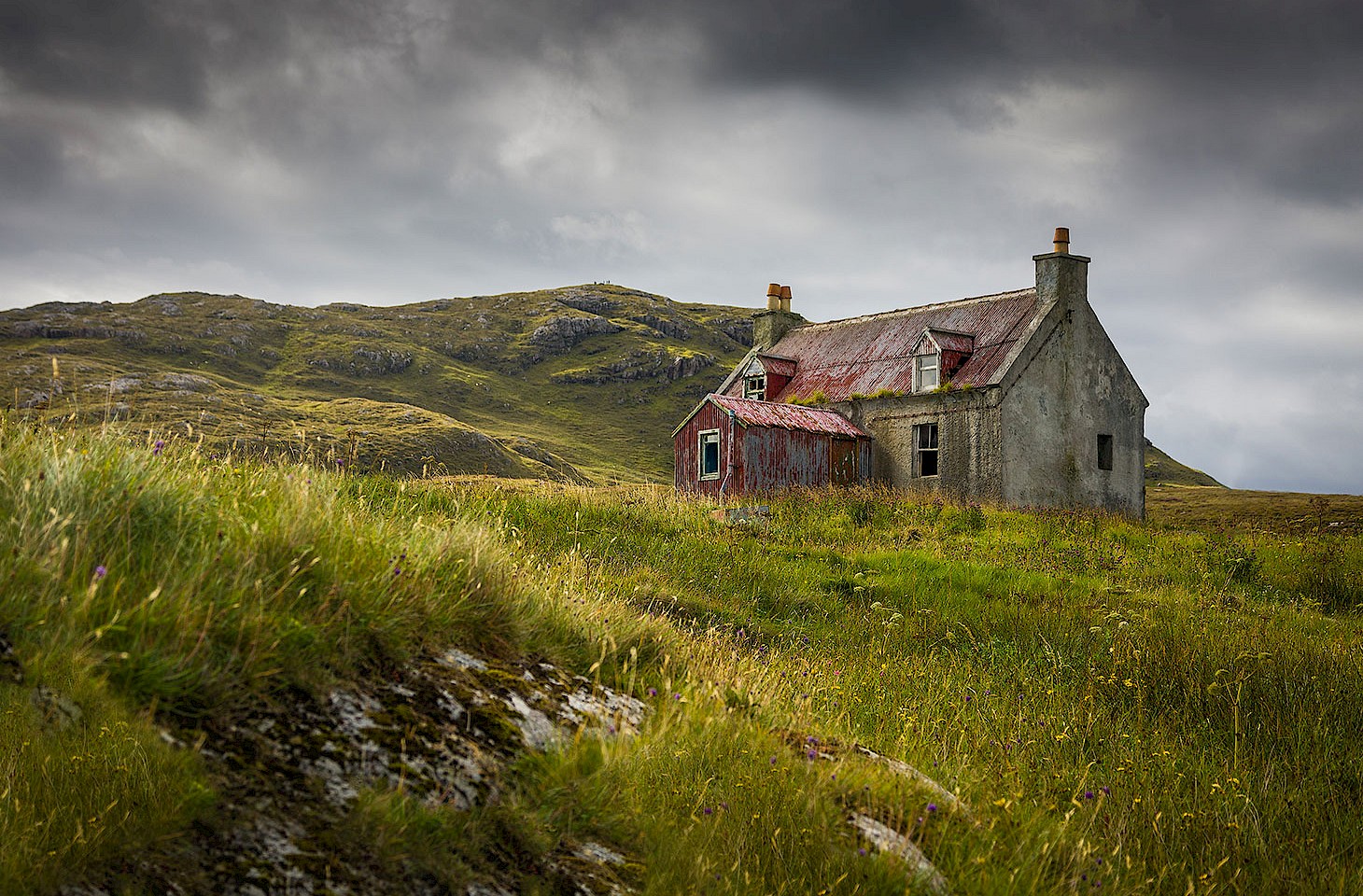We live and work in a city where foreign nationals make an immense contribution to the local economy, to society and to the arts. Berlin is in that respect very typical of many places in Europe. It has thus been interesting for us to watch the new postreferendum narratives emerging in England, a country which now seems extremely foreign to us both (even though one of us lived on and off for many years in England, eventually leaving for good a quarter of a century ago). Theresa May’s rejection of cosmopolitan identities in her ‘citizenship’ speech in early October raises alarm bells across Europe — and rightly so, for the renaissance of nativism in English political discourse does not bode well for the future. It is perfectly possible to be French by birth and Irish by choice; or English by birth and a Berliner by choice. Modern citizenship is about balancing a variety of interests (family, community, city, country and the wider fraternity of nations); it is not, as Mrs May would have us believe, about raising your colours on a nationalist flagpole.
This issue of hidden europe reveals the fluidity of identity. English-born Compton Mackenzie, whose shadow runs through our feature on the Outer Hebrides, went to great lengths to ‘construct’ a Scottish and particularly Gaelic ancestry, so acquiring an identity which boosted his credentials as co-founder of a political party committed to securing independence for Scotland. (That party was the forerunner of the modern SNP). Compton Mackenzie also demonstrated the mutability of religious identity, converting to Roman Catholicism, as did another famous writer who gets a mention in this issue: John Henry Newman.
The animating purpose of hidden europe remains unchanged after fifty issues. We still celebrate the diversity of Europe as much as we did in our very first issue. We are motivated by that same clear vision of states cooperating in a fruitful and friendly union — along the lines suggested by Alcide de Gasperi and Jean Monnet.
The animating purpose of hidden europe remains unchanged after fifty issues. We still celebrate the diversity of Europe as much as we did in our very first issue. We are motivated by that same clear vision of states cooperating in a fruitful and friendly union — along the lines suggested by Alcide de Gasperi and Jean Monnet. In designing this 50th issue of hidden europe, we have very purposefully revisited places which featured in issue 1 of the magazine. They include Albania, Bohemiaand the Outer Hebrides. Elsewhere in this issue you’ll also find reports from southern Bessarabia, the Poprad Valley in Slovakia, Oxfordand the coast of Croatia.
We offer a hearty vote of thanks to our guest contributors in this issue: Laurence Mitchell and Duncan JD Smith. It’s a good moment to thank all the writers who have over the years contributed to the magazine. Our sincere thanks too to all our loyal subscribers. We shall be back with hidden europe 51 early in 2017.
Susanne Kries & Nicky Gardner
Editors
Berlin, Germany
October 2016




